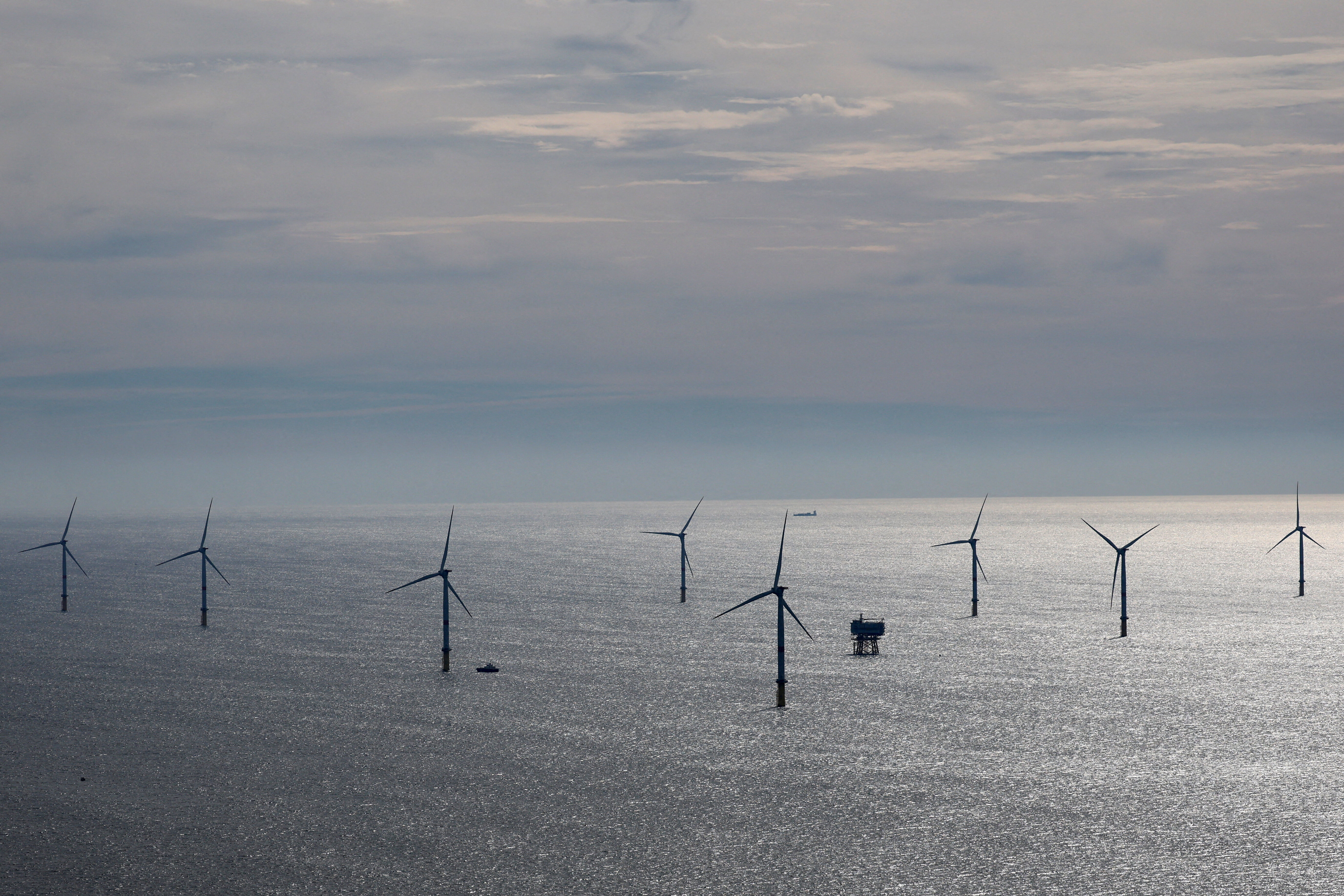How disaster risk is priced into the stock market

In normal years, investing in equities can reap extremely healthy returns. But not all of that ROI is based on what you’d think. Some of it is rooted in the fear that everything could go terribly, unexpectedly wrong.
In this interview with Knowledge@Wharton, Wharton finance professor Jessica Wachter talks about her research into how the potential for major economic disasters impacts asset prices during times of apparent stability, and what that means for investors.
An edited transcript of the interview appears below.
A Hidden Reason for High ROI and High Volatility
My research links economy-wide disasters to asset prices, like stock prices, for example. This is research that I, along with others, have been pursuing recently — it’s really taken off over the last five years, and it has certainly gotten a boost from the financial crisis. Part of it draws on historical data about consumption disasters. An example of a consumption disaster is the Great Depression, where consumption fell by 20%. But that’s actually a relatively minor disaster. If you look at Europe after World War II, many countries had economies that contracted by as much as 50%.
If stock prices fall in the event of a disaster — and that is an important risk that investors take into account — that can explain why in normal times we have such high returns on stock prices, which has long been a puzzle. It can also explain why stock prices are so volatile, because this risk is hard to calculate, and as investor’s perceptions of it move around, that can move around stock prices.
“One of the reasons that stock returns are so volatile is because of these fears of a disaster.”
Key Takeaways
The first takeaway is that there are these risks for consumption disasters, and they are reflected in stock prices, which is why we see such a high realized return during normal times when we don’t have disasters. Also, one of the reasons that stock returns are so volatile is because of these fears of a disaster. Now, you might think of these fears as overreactions, because often the disaster doesn’t happen. However, is it overreaction or do people really have a reason to be afraid? Certainly, in 2008, it seemed like we had a reason to be afraid.
Surprising Findings
Stock market volatility has been a puzzle for a long time. What surprised me is that when we put this international data from disasters into a model, we found it really could explain the magnitudes of stock market volatility that we see. Part of it is investors’ risk aversion. When you have even a small probability of a 50% decline or even a 20% decline, it really influences investors’ behavior.
“When you have even a small probability of a 50% decline or even a 20% decline, that really influences investors’ behavior.”
A Fundamental Misunderstanding about Returns
Unfortunately, I think some people have a wishful thinking view of the stock market — that if you just hold on long enough, you’re guaranteed to get some of the high rates of return that we’ve measured over the post-[World War II] period, these rates of return being 12%. Well, that may not be true. Now, this is not a suggestion that investors shouldn’t hold stocks. I hold stocks and I think for investors who have positive net worths, stocks are an important part of the portfolio, but in evaluating the risk, they could go down and they might not come back up.
Two Pieces of Advice
One of them is for investors: They should be aware that stocks are risky, and that the return is not guaranteed. What this means is not that you shouldn’t hold stocks, it’s just that given that stocks might go down, holding stocks in, say, an environment where you also have leverage is putting yourself under a certain amount of risk. Leverage could include a mortgage, or a job of some kind where your income is very much subject to the stock market. Those might be reasons to limit the stock part of your portfolio beyond what these wonderful “expected returns” would indicate. That’s No. 1.
No. 2: These concerns about rare disasters have been part of stock pricing for a long time. To me, that suggests caution on the part of regulators — because I think it’s just going to be very hard to eliminate this risk. Part of what might be driving events like 2008 are fears about future growth prospects and those kinds of fears are very hard to eliminate. So if you can’t eliminate those fears, you can make the economy less risky by, say, having less leverage on the part of financial institutions.
What Sets the Research Apart
People have been researching the stock market for a long time. What sets this line of research apart is the focus on these tail events — we don’t assume, for example, that risk is normally distributed. Now, that’s a technical term. What “normal distribution” implies is a bell curve, and a bell curve has thin tails for unlikely outcomes. Basically, that means that risky things are unlikely to happen, but it also means that risk is very easily measured. So, if you think that risk follows a bell curve, you can almost fool yourself into thinking you understand everything about risk.
“If you think that risk follows a bell curve, you can almost fool yourself into thinking you understand everything about risk.”
In fact, there are these rare events out there — and not that far out there, we can see them illustrated in the Great Depression — but they can have an important effect on stock prices if you introduce them into investors’ beliefs.
Next Steps
I’m looking into links with a macro economy. Employment and unemployment are my biggest focuses right now, so we’re writing down a model that can explain why unemployment and job vacancies are so volatile, even though consumption itself is very smooth. We’re also looking at why these things might track the stock market, because recently, they have tracked the stock market. And a big part of it is that like investing in the stock market, hiring is something where you need confidence that the economy is going to be stable going forward. If you lack that confidence, you don’t want to put forth this investment.
Republished with permission from Knowledge@Wharton (http://knowledge.wharton.upenn.edu), the online research and business analysis journal of the Wharton School of the University of Pennsylvania. Publication does not imply endorsement of views by the World Economic Forum.
To keep up with the Agenda subscribe to our weekly newsletter.
Author: Jessica Wachter is a contributing writer for Knowledge @ Wharton.
Image: The September 17 and 18 curves are seen on the board at the Australian Securities Exchange (ASX) in Sydney September 18, 2008. REUTERS/Daniel Munoz.
Don't miss any update on this topic
Create a free account and access your personalized content collection with our latest publications and analyses.
License and Republishing
World Economic Forum articles may be republished in accordance with the Creative Commons Attribution-NonCommercial-NoDerivatives 4.0 International Public License, and in accordance with our Terms of Use.
The views expressed in this article are those of the author alone and not the World Economic Forum.
Stay up to date:
Global Governance
Related topics:
Forum Stories newsletter
Bringing you weekly curated insights and analysis on the global issues that matter.
More on Economic GrowthSee all
Rishika Daryanani, Daniel Waring and Tarini Fernando
November 14, 2025







